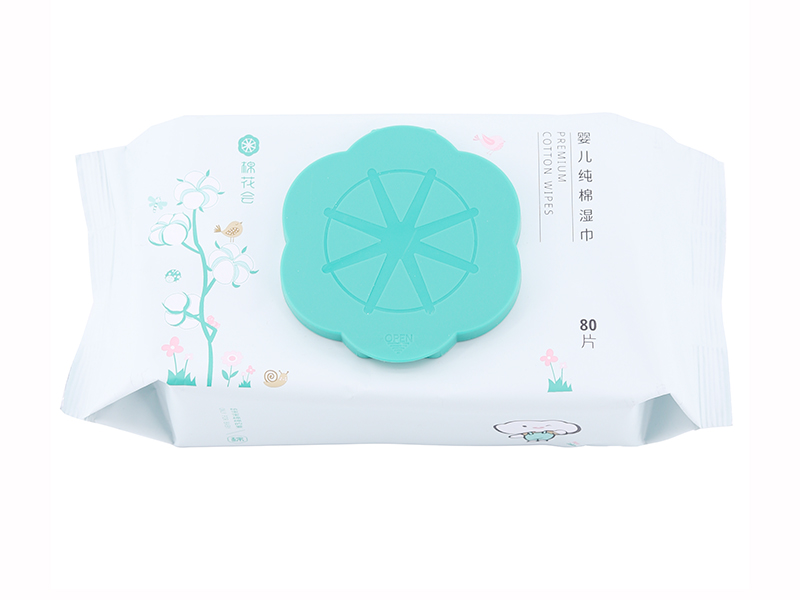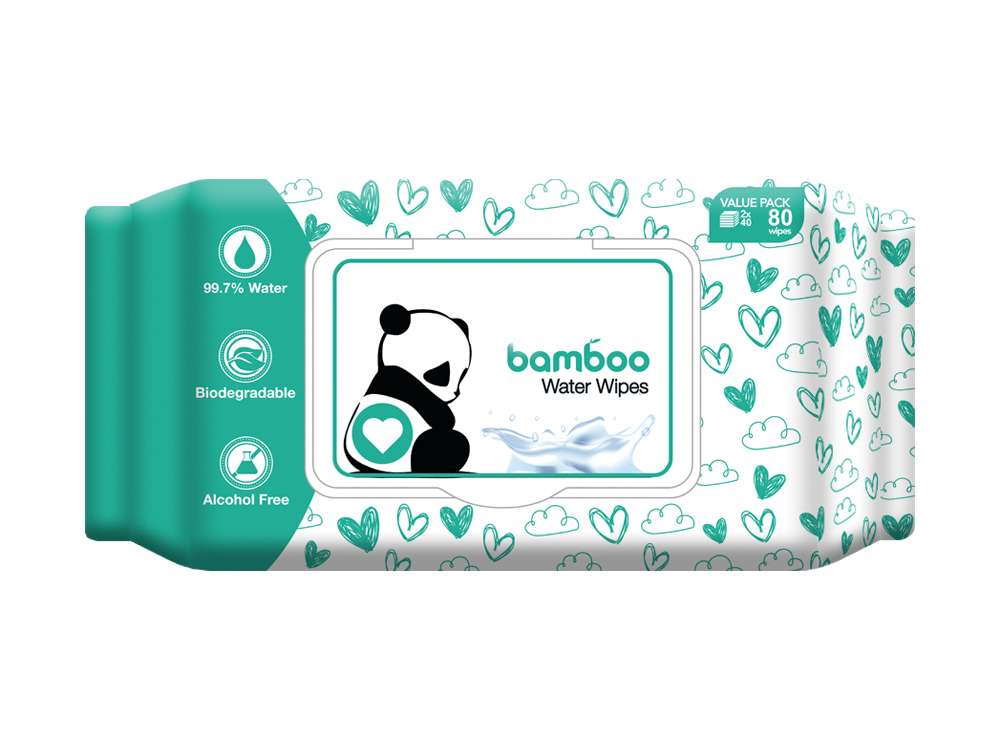In the realm of personal protective equipment, particularly masks, the efficacy of the final product is intrinsically linked to the performance of its constituent materials. Among these, the pp spunbond nonwoven fabric for mask has emerged as a cornerstone, prized for its balance of protection, comfort, and cost-effectiveness. A critical characteristic that elevates its importance is its exceptional ability to resist the penetration of liquids. This property is not a matter of chance but is the result of a deliberate and sophisticated interplay of raw material science, advanced manufacturing processes, and precise engineering. Understanding why this specific type of fabric acts as a reliable shield against fluids is essential for manufacturers, wholesalers, and buyers who need to make informed decisions about their mask components.
The Fundamental Role of the Polypropylene Polymer
At the heart of every fiber in pp spunbond nonwoven fabric for mask lies the polypropylene (PP) polymer. The inherent chemical nature of this synthetic polymer is the primary contributor to the fabric’s hydrophobic characteristics. Hydrophobicity, derived from the Greek words for “water” and “fearing,” refers to a material’s natural tendency to repel water. This is a fundamental molecular-level property.
Polypropylene is a hydrocarbon polymer, meaning its molecular chain consists primarily of carbon and hydrogen atoms. These chains are non-polar, which is a key differentiator from polar molecules like water. Water molecules are polar, meaning they have a slight positive charge on one end and a slight negative charge on the other, leading them to form strong hydrogen bonds with other polar substances. The non-polar nature of polypropylene means there is no electrical charge difference to attract water molecules. When a water droplet comes into contact with the PP fiber, there is no molecular attraction, causing the droplet to bead up on the surface rather than spread out and soak in. This intrinsic hydrophobicity is the first and most crucial line of defense. It is a built-in feature of the raw material that does not require additional chemical treatments in its basic form, making it both effective and economically viable for large-scale production of pp spunbond nonwoven fabric for mask.
Furthermore, the molecular structure of polypropylene contributes to its chemical resistance. It is inert to a wide range of aqueous solutions, including salts, acids, and alkalis, which further reinforces its role as a barrier. This ensures that many types of liquid splashes, not just pure water, are effectively repelled, a vital feature for masks used in medical or industrial environments. Therefore, the selection of polypropylene as the base polymer is a deliberate choice, predicated on its innate, non-polar molecular structure that fundamentally resists wetting.
The Engineering of the Barrier: The Spunbond Process
While the polypropylene polymer provides the raw potential for hydrophobicity, it is the spunbond manufacturing process that transforms this potential into a functional and durable fabric structure. The process engineers a specific physical architecture that complements the chemical properties of the polymer. The journey from polymer granule to finished pp spunbond nonwoven fabric for mask is a continuous, integrated operation that precisely controls the formation of the web.
The process begins with the extrusion of molten polypropylene. The polymer is heated and forced through fine spinnerets, creating a curtain of continuous filaments. These filaments are then quenched with air and stretched, a step that aligns the polymer molecules and enhances the tensile strength of the individual fibers. They are subsequently laid down in a random, chaotic manner onto a moving conveyor belt, forming a web. This randomness is critical; it creates a labyrinthine network of fibers with countless tiny pores and void spaces. The relationship between the fiber diameter, web density, and pore size is a key determinant of the liquid barrier. A well-formed web will have pores that are small enough to leverage the surface tension of water. Surface tension is the cohesive force that causes water to behave as if it has a thin “skin” on its surface. When the pore size in the fabric is sufficiently small, the surface tension of the liquid prevents it from easily penetrating through the pores. The liquid would need to apply additional pressure to break this surface tension and wet the fibers, a principle known as hydrostatic head resistance.
Following web formation, the loose fibers must be bonded together to create a coherent fabric. This is typically achieved through thermal bonding, where the web passes through heated calender rollers. The rollers have an engraved pattern, and the points of contact melt the PP fibers slightly, fusing them together at their crosspoints. This process is crucial for the fabric’s integrity and its barrier properties. It stabilizes the web, preventing fiber displacement that could enlarge pores, and it does so without the use of binders or chemicals that could compromise the fabric’s purity or hydrophobicity. The entire spunbond process is a masterpiece of engineering that creates a uniform, multi-layered, porous yet impenetrable structure. It is this unique physical structure, born from the spunbond technique, that works in synergy with the inherent hydrophobicity of polypropylene to create a formidable liquid barrier in pp spunbond nonwoven fabric for mask.
Key Factors Influencing Liquid Barrier Performance
The liquid barrier performance of pp spunbond nonwoven fabric for mask is not a fixed value; it can be engineered and optimized based on the requirements of the final application. Several key factors directly influence how effectively the fabric will repel liquids. Understanding these variables allows buyers and manufacturers to specify the correct grade of material for their specific needs.
Fabric Weight and Density (GSM): The weight of the fabric, expressed in grams per square meter (GSM), is one of the most direct factors. Generally, a higher GSM indicates a greater mass of fibers per unit area. This typically results in a denser fabric structure with more fibers packed into the web, leading to smaller pore sizes and a more tortuous path for any liquid attempting to penetrate. A heavier pp spunbond nonwoven fabric for mask will generally offer a higher barrier to liquid penetration, though it must be balanced against breathability.
Fiber Diameter and Fineness: The diameter of the individual polypropylene filaments plays a significant role. Finer fibers can be packed more densely, creating a web with a larger number of smaller pores for the same fabric weight. This increase in surface area and reduction in pore size enhances the capillary action and surface tension effects that repel liquids. Modern spunbond lines are capable of producing very fine denier fibers, which significantly boost the barrier properties without necessarily increasing the overall weight of the pp spunbond nonwoven fabric for mask.
Hydrophobic Additives and Finishes: While base polypropylene is naturally hydrophobic, its performance can be further enhanced through the incorporation of special additives or topical finishes. These treatments can increase the contact angle of water droplets on the fabric surface, making them even more spherical and less likely to spread and wet the fibers. This is particularly important for resisting low-surface-tension liquids (like blood or alcohol-based fluids) that might otherwise wet standard polypropylene. For applications requiring a very high level of fluid resistance, such as in surgical masks, this becomes a critical specification.
The following table summarizes how these factors influence the liquid barrier:
| Factor | Influence on Liquid Barrier | Practical Consideration |
|---|---|---|
| Fabric Weight (GSM) | Directly proportional; higher GSM generally increases barrier. | Balances protection with breathability and material cost. |
| Fiber Diameter | Inversely proportional; finer fibers create smaller pores, enhancing barrier. | Requires advanced manufacturing technology for ultra-fine denier. |
| Hydrophobic Treatment | Significantly enhances resistance, especially to low-surface-tension liquids. | Adds a processing step and cost, but is essential for high-risk environments. |
The Distinction: Barrier vs. Filtration in Mask Context
A common point of confusion in mask construction is the conflation of liquid barrier properties with filtration efficiency. It is vital to understand that these are distinct, though complementary, functions often handled by different layers within a multi-layer mask. The pp spunbond nonwoven fabric for mask is primarily renowned for its barrier function, but its role in the overall protective system must be clearly defined.
The liquid barrier property is fundamentally about repelling macroscopic droplets and splashes. Its purpose is to prevent liquids from soaking through the fabric and reaching the wearer’s skin or the inner layers of the mask. This is a bulk flow phenomenon, resisted by the fabric’s hydrophobicity and pore structure. For instance, when a healthcare professional is exposed to a splash of blood or bodily fluid, the outer layer, often made of pp spunbond nonwoven fabric for mask, acts to block that splash from penetrating. It keeps the wearer dry and prevents the mask from becoming saturated, which could compromise its integrity and comfort.
Filtration efficiency, on the other hand, deals with the removal of microscopic particulate matter, including aerosols and pathogens, from the air that is breathed in. This is typically the function of a middle layer, most commonly a meltblown nonwoven fabric, which is composed of an extremely fine fiber web that creates a dense, maze-like structure capable of capturing tiny particles through mechanisms like inertial impaction, diffusion, and electrostatic attraction. While the spunbond layer contributes to initial particle loading due to its structure, its primary design intent is not high-efficiency sub-micron filtration.
Therefore, in a typical three-ply mask, the layers work in concert: the outer pp spunbond nonwoven fabric for mask provides durability and liquid repellency, the middle meltblown layer provides bacterial filtration, and the inner soft spunbond layer provides comfort and moisture absorption from the wearer’s breath. Recognizing this distinction allows buyers to accurately assess material specifications and ensures that the pp spunbond nonwoven fabric for mask is evaluated and utilized for its core strength—providing a robust and reliable barrier against liquids.
Applications and Importance in Mask Design
The excellent liquid barrier properties of pp spunbond nonwoven fabric for mask are not merely a technical specification; they have direct and critical implications for the safety, comfort, and overall performance of the mask in its intended environment. This characteristic is a non-negotiable requirement in several key applications.
In the medical and surgical field, the resistance to fluid penetration is a matter of fundamental safety. Surgical procedures can involve exposure to sprays, splashes, and spatters of blood and other potentially infectious fluids. A surgical mask’s outer layer must effectively block these fluids to protect the healthcare worker’s mucous membranes (in the nose and mouth) from exposure. A failure in this barrier can lead to a breach in protocol and potential health risks. The use of a high-quality pp spunbond nonwoven fabric for mask as the outermost layer is a standard and essential practice to meet stringent regulatory standards for surgical mask material.
Beyond the operating room, this property is equally important in general healthcare settings, dental practices, and for masks used by the public during outbreaks of respiratory illnesses. Liquid droplets from coughs or sneezes are a primary transmission vector for many viruses. When such a droplet lands on the outer surface of a mask made with an effective pp spunbond nonwoven fabric for mask, it is repelled and remains beaded on the surface, rather than being absorbed. This absorption, if it were to occur, could keep the pathogen-laden moisture in close proximity to the wearer’s breathing zone for a longer period and potentially allow it to wick through to the inside. By repelling the droplet, the fabric reduces the risk of both external contamination and the potential for the mask itself to become a saturated reservoir of pathogens. This underscores the importance of the liquid barrier in the context of infection control.
Furthermore, the barrier property contributes to the structural integrity of the mask. A fabric that becomes wet and saturated loses its strength and can begin to disintegrate. It can also become uncomfortable, clinging to the skin and causing distress to the wearer. The ability of pp spunbond nonwoven fabric for mask to remain dry and maintain its form and strength throughout a period of use is a direct benefit of its excellent liquid resistance, ensuring consistent performance and comfort.
Conclusion
The reputation of pp spunbond nonwoven fabric for mask for possessing excellent liquid barrier properties is firmly rooted in a multi-faceted foundation. It begins with the innate hydrophobicity of the polypropylene polymer, a material whose non-polar molecular structure naturally repels water. This raw potential is then masterfully engineered into a functional fabric through the spunbond process, which creates a random web of continuous filaments with a pore structure that leverages the physics of surface tension to resist liquid penetration. Key performance factors such as fabric weight, fiber fineness, and potential hydrophobic treatments allow for the precise tuning of this barrier to meet specific application needs.
It is crucial to distinguish this liquid barrier function from particulate filtration, as they are separate mechanisms often handled by different layers in a composite mask design. The primary role of the pp spunbond nonwoven fabric for mask is to act as a durable, first line of defense against droplets and splashes, a function that is indispensable in medical, surgical, and general public health contexts. By providing a reliable shield that maintains its integrity and comfort, this material proves to be an essential component in the global effort to ensure personal protection and infection control. Its continued use and development are a testament to the successful application of material science in solving critical practical challenges.


 中文简体
中文简体 English
English 日本語
日本語 русский
русский Español
Español












